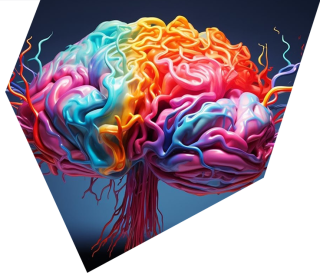
Time to Rethink Leadership: a Head, Hand and Heart Approach

Leadership, what it is, how it is done, and its value are deeply embedded in our history and culture. Leadership is a social relationship grounded in historical knowledge. It is developed and refined through judgement and interpretation.
The what, how, and why of leadership is given importance from what we make in our interpretation of the continuing value of leadership in our history. Over time, consistent interpretation becomes embedded in the knowledge frameworks that give rise to accepted habits and ingrained culture.
Head, Heart and Hands is a framework that provides an integrated approach to leadership. The Head is concerned with direction. It sets direction, solves problems and makes decisions. The Heart gives energy by enabling others to be their best. The Hands are about action, goals and practical effects. It is a useful and practical model of leadership.
Implicitly and unquestioned in this framework (and many others), the Head is the principal player, with the Heart and Hands playing crucial supporting roles.
But we know our organisations are complicated and messy. The environment is uncertain, and our knowledge is always incomplete. We are pursuing complex objectives that are imprecisely defined and that contain many elements that are contradictory and incompatible. How can the Head be the starting point for effective leadership in these cirumstances?
Head-based leadership can lead us to flatten complexity and complicatedness. To plan and organise leaders need certainty and directness in decision-making. We narrow our attention and focus on organising the Heart and Hands.
What if the Head was not the principal player? What if we lead with our Hands?
Artisans lead with their Hands. They have a personal connection to the quality of their work. Richard Sennet puts this well in his book craftsmanship - craft 'names an enduring, basic impulse, and desire to do a job well for its own sake'. Artisan leadership reflects the person's values, attitude, competence, skill and aesthetic sense. Hand-based leadership starts in a different place and follows a different path.
What if we led with our Hearts?
Here, the fear of passion and emotion in leadership comes to the fore. The cautions against 'irrationality' are voiced. The Uluru Statement from the Heart (the Statement) shows us Heart-based leadership's true meaning and value. it speaks to the importance of voice, honesty, and truth.
The Statement acknowledges and accepts complexity and emotion but does not resist the need to find a shared way forward. The Statement is a worked example of Soren Kierkegaard's insight that 'Life can only be understood backwards; but it must be lived forward.'
Leadership is a pervasive and elemental part of the scaffolding in every organisation, and how we lead is a choice. A Heart-based approach positions leadership as a light touch with an eye to gentleness, attentiveness, and care.
Major disruptions continue to upend our work and lives, leaving many frustrated and lost. We have become exhausted from persistent uncertainty about the future, increasing workplace demands, and reduced resources. Cumulative stress is building, and people feel powerless to change the situation. In response, as self-protection, people disconnect from their colleagues and organisations and reduce their levels of engagement with work.
It may be time to rethink how we are leading.


Out of curiosity...how do I become an ally for First Nations peoples?

The Arcane Dance Of Creativity & Neuroscience: A New Symphony For Behavioural Change
